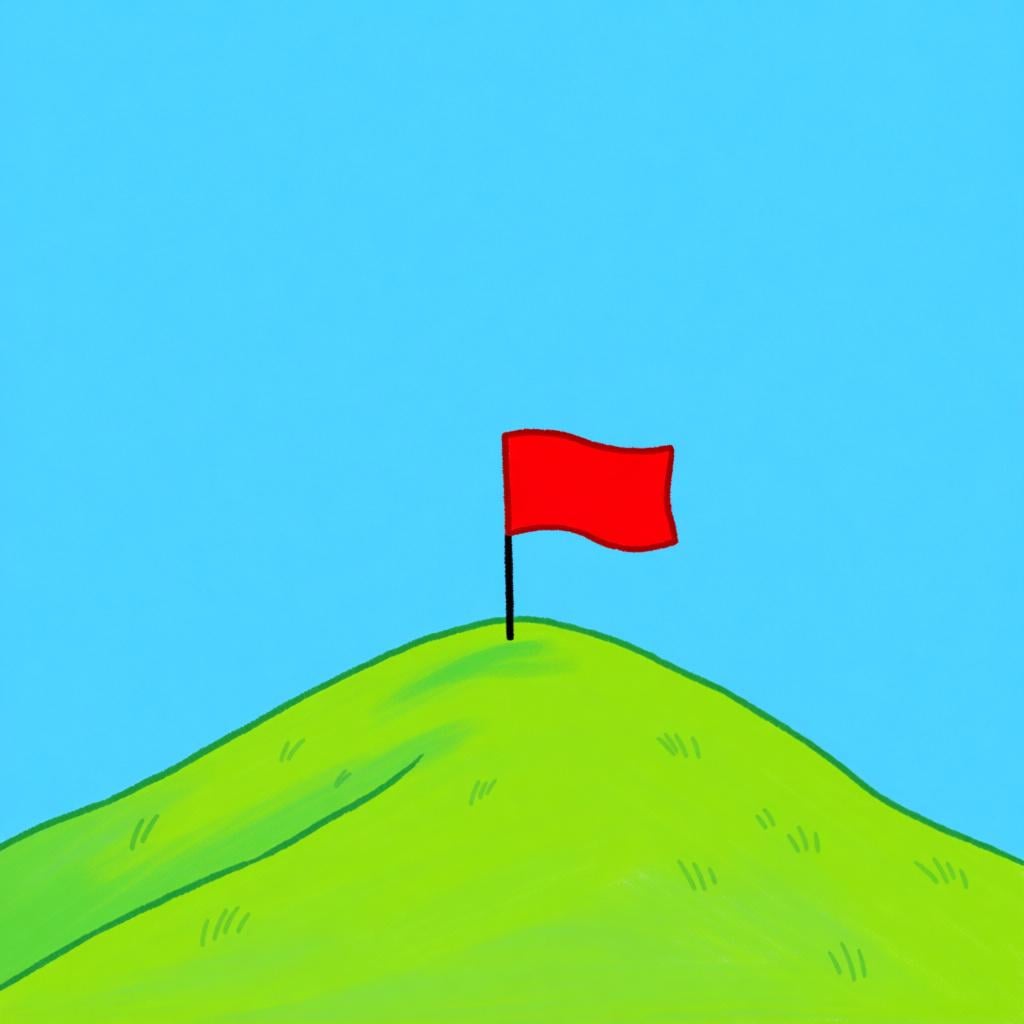punto
/poon-toh/
period

Punto can mean a period (full stop) or a simple dot, like the one used in an email address.
punto(Noun)
period
?punctuation at the end of a sentence
,full stop
?punctuation at the end of a sentence (UK English)
,dot
?as in an email address or a small circle
📝 In Action
Termina la frase con un punto.
A1End the sentence with a period.
Mi correo es [email protected], se escribe con un punto.
A1My email is [email protected], it's written with a dot.
❌ Common Pitfalls
Confusing with 'Coma'
Mistake: "Using 'punto' when you mean 'comma'."
Correction: Use 'punto' (.) for a full stop and 'coma' (,) to separate items in a list or pause in a sentence.
⭐ Usage Tips
Reading Email Addresses
When you say an email address or website in Spanish, you say 'punto' for the dot. For example, 'www.inklingo.com' is 'uve doble, uve doble, uve doble, punto, inklingo, punto, com'.

Use punto to refer to a specific location or place, such as a 'meeting point' (punto de encuentro).
punto(Noun)
point
?a specific location or a topic of discussion
,place
?a particular spot
,spot
?a specific location
📝 In Action
El punto de encuentro es la estación de tren.
A2The meeting point is the train station.
Desde mi punto de vista, la idea es buena.
B1From my point of view, the idea is good.
Llegamos al punto más alto de la montaña.
B1We reached the highest point of the mountain.
⭐ Usage Tips
Expressing Opinions
The phrase 'desde mi punto de vista' is a fantastic and very common way to introduce your opinion, just like saying 'in my opinion' or 'from my perspective' in English.

In sports and games, punto refers to a unit of scoring, like when a team wins by five points.
📝 In Action
Nuestro equipo ganó por cinco puntos.
A2Our team won by five points.
Necesitas 80 puntos para aprobar el examen.
B1You need 80 points to pass the exam.

Punto is used in contexts like sewing and knitting, where it means a 'stitch,' or medically, referring to sutures.
punto(Noun)
stitch
?sewing, knitting, or medical suture
knit
?the type of stitch, e.g., 'punto liso' (stockinette)
📝 In Action
El médico me tuvo que dar tres puntos en la rodilla.
B1The doctor had to give me three stitches in my knee.
Mi abuela me está enseñando a hacer punto.
B1My grandmother is teaching me how to knit.
Este suéter está hecho a punto.
B2This sweater is hand-knitted.

When describing food or a condition that is 'just right' or perfect, the phrase en su punto is used.
📝 In Action
La sopa está en su punto.
B2The soup is just right.
Estaba a punto de llamarte cuando llegaste.
B1I was about to call you when you arrived.
Llegó un punto en que no podía más.
B2It got to a point where I couldn't take it anymore.
⭐ Usage Tips
The 'About To' Phrase
The phrase 'estar a punto de...' is incredibly useful. You can put any action after it to say you were just about to do something. 'Estoy a punto de salir' means 'I'm about to leave'.
✏️ Quick Practice
💡 Quick Quiz: punto
Question 1 of 2
In the sentence 'Estaba a punto de salir cuando sonó el teléfono', what does 'a punto de' mean?
📚 More Resources
Frequently Asked Questions
What's the difference between 'punto', 'punta', and 'puntero'?
Think of them like this: 'Punto' is a dot or a non-physical point (like a point in an argument). 'Punta' is the physical, sharp tip of something, like a pencil or a knife ('la punta del lápiz'). 'Puntero' is a tool used for pointing, like a laser pointer or the cursor on your computer screen.
How do I say 'decimal point' in Spanish?
For a decimal point in numbers (like 3.14), you use 'coma'. So, you would say 'tres coma catorce'. Using 'punto' for decimals is common in some parts of Latin America, but 'coma' is the standard in Spain and widely understood.
When would I use the phrase 'y punto'?
You use it to forcefully end a conversation or argument, much like saying 'and that's final!' or 'period!' in English. For example: 'No quiero ir a la fiesta, y punto.' (I don't want to go to the party, period.)